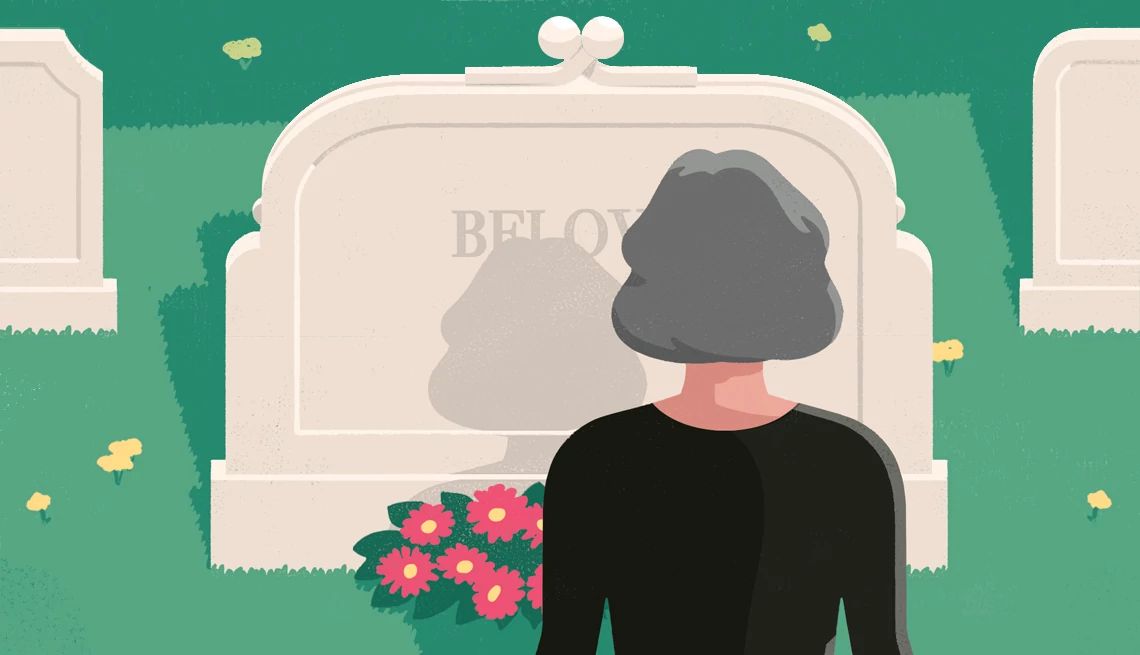
5 financial challenges to navigate after a spouse’s death | members only
- Select a language for the TTS:
- UK English Female
- UK English Male
- US English Female
- US English Male
- Australian Female
- Australian Male
- Language selected: (auto detect) - EN
Play all audios:

WHAT TO DO: Contact Social Security to find out what survivor benefits you can claim. Call several times to make sure you’re getting consistent guidance, advises Lexington, Kentucky,
financial planner Melody Townsend. (A Social Security representative misinformed one of her clients.) Some people might be better off claiming their own retirement benefits first and
delaying survivor benefits; for other people, the reverse might be true. You may want to hire a financial planner to help with your claiming strategy, or use one of the free or low-cost
claiming calculators at maximizemysocialsecurity.com, opensocialsecurity.com or troweprice.com/socialsecurity. Ryan took her survivor benefit before FRA and plans to switch to her own
retirement benefit at age 70, when the amount maxes out. “Your claiming strategy needs to be based on your own financial circumstances,” says Tom Belding, a financial planner in Chatham whom
Ryan consulted. YOU’LL LIKELY PAY HIGHER TAXES Surviving spouses often face a so-called widow’s penalty — paying taxes at higher rates, even though their income may drop after the death
of the spouse. A key reason is the status shift from married filing jointly to single filer. (You can still use married filing jointly status in the tax year of the spouse’s death.) “Single
filers have tighter brackets,” says Mark Luscombe, a CPA and principal analyst at Wolters Kluwer Tax & Accounting. For example, a married couple filing jointly with $75,000 in taxable
income would fall into the 12 percent federal tax bracket in 2025, while a single filer would land in the 22 percent bracket. There are a couple of exceptions. If you have minor dependents,
you have a two-year period when you can still file at joint rates. And if you are caring for older or disabled relatives, you may be able to file as head of household, which is a bit more
favorable than single-filing status, says Luscombe. Adding to the tax bite, your standard deduction will be cut in half. Married couples filing jointly receive a standard deduction of
$30,000 in 2025, but single filers get a standard deduction of just $15,000; those numbers are higher for people 65 and older. WHAT TO DO: Talk to a tax adviser or other financial
professional after your spouse’s death. (A “fee-only” financial planner will charge only for advice and won’t be motivated to sell you particular financial products.) “There may be tax
opportunities that present themselves,” says Gary Schatsky, a financial adviser and attorney in New York City. Through planning, you might be able to improve your financial situation and
reduce your tax liability. You may also want to take advantage of your lower married-filing-jointly tax rate, while you have it, to pull money from your 401(k) or IRA. That could reduce
future required minimum distributions (RMDs). THE TAX BREAK YOU GET ON THE SALE OF YOUR HOME MAY SHRINK When selling a jointly owned home, couples may be able to exclude $500,000 in profits
from income. As a survivor, you have to sell the home within two years of your spouse’s death to claim that $500,000 exclusion. To be eligible, the couple must have owned and lived in the
home at least 2 out of the 5 years preceding the death. After that, you can apply only your share of the exclusion, or $250,000, if you sell. Still, at least half the home will get a
so-called step-up in cost basis after the spouse’s death, which will reduce the amount of profit and tax on gains, says Luscombe. (In community property states, both halves of the home get
this step-up.) To make sure the cost basis is adjusted for capital improvements, such as a new roof or addition, you’ll need detailed records.
